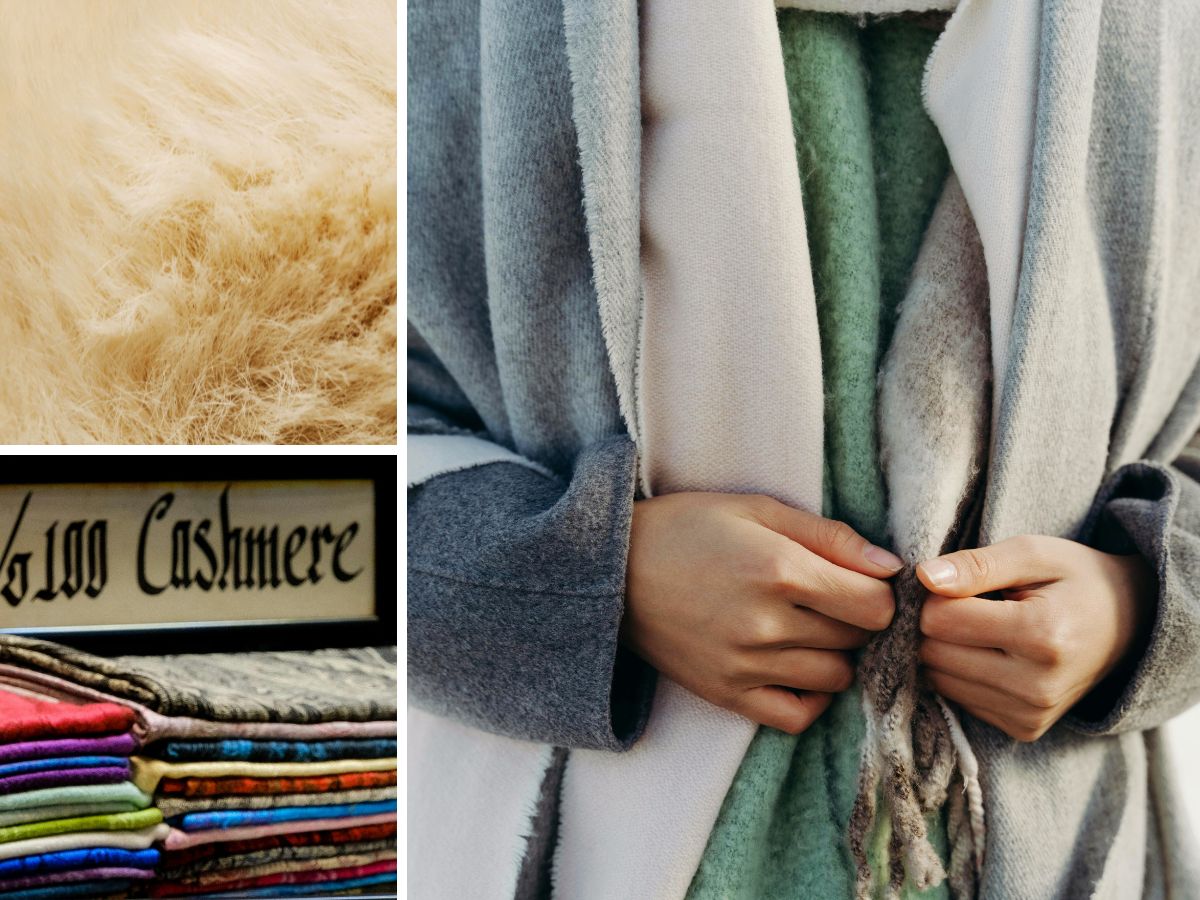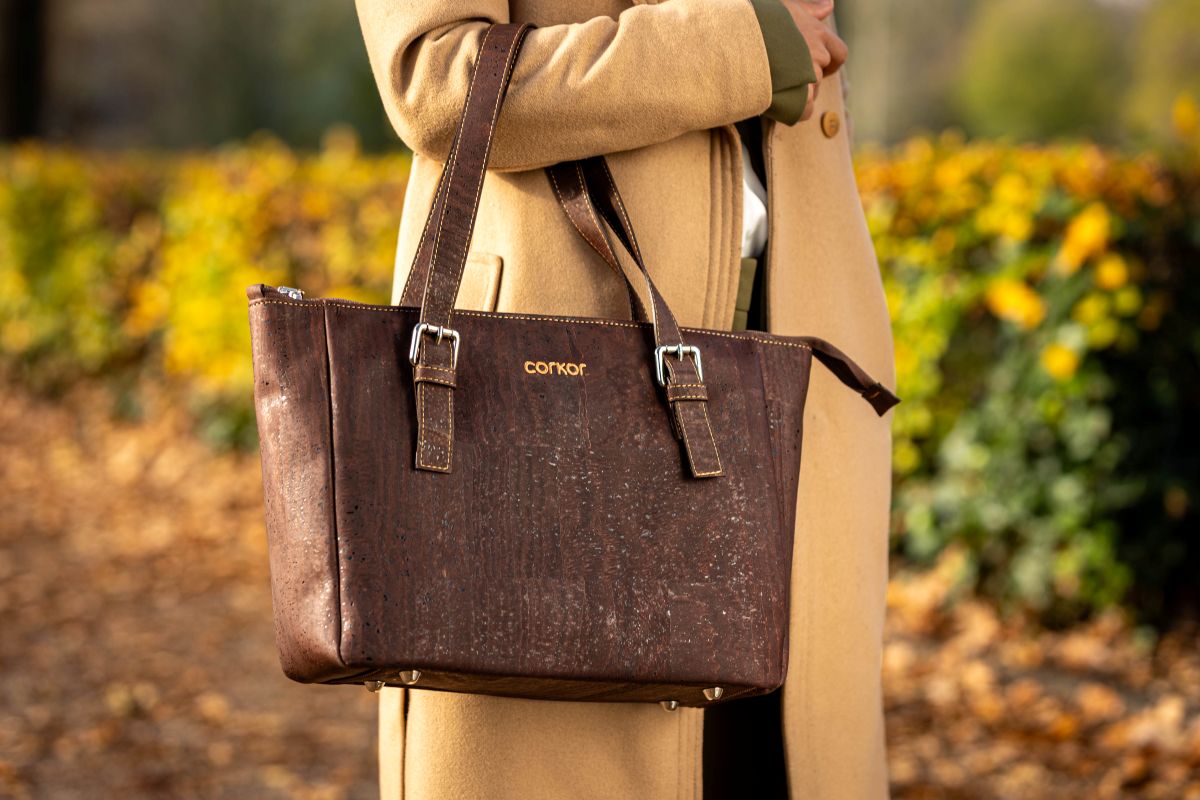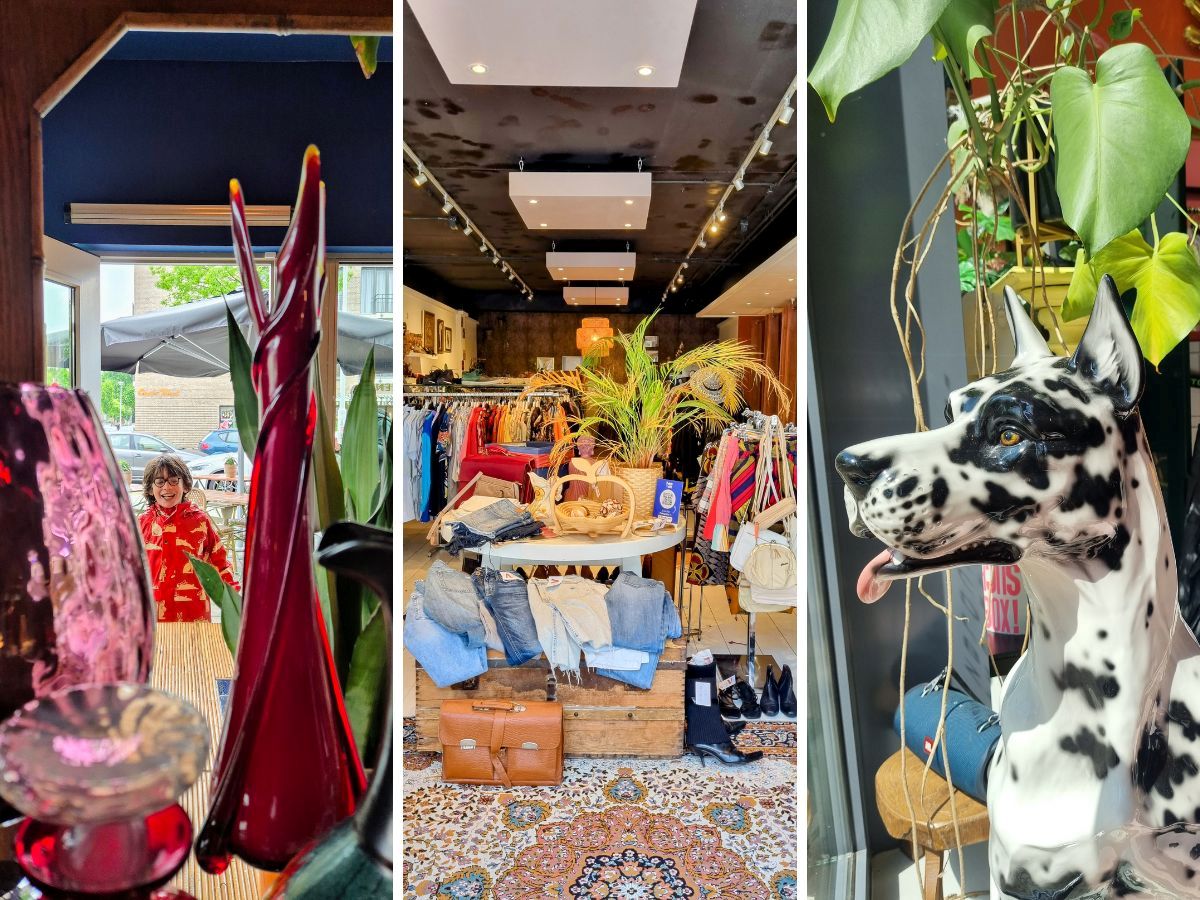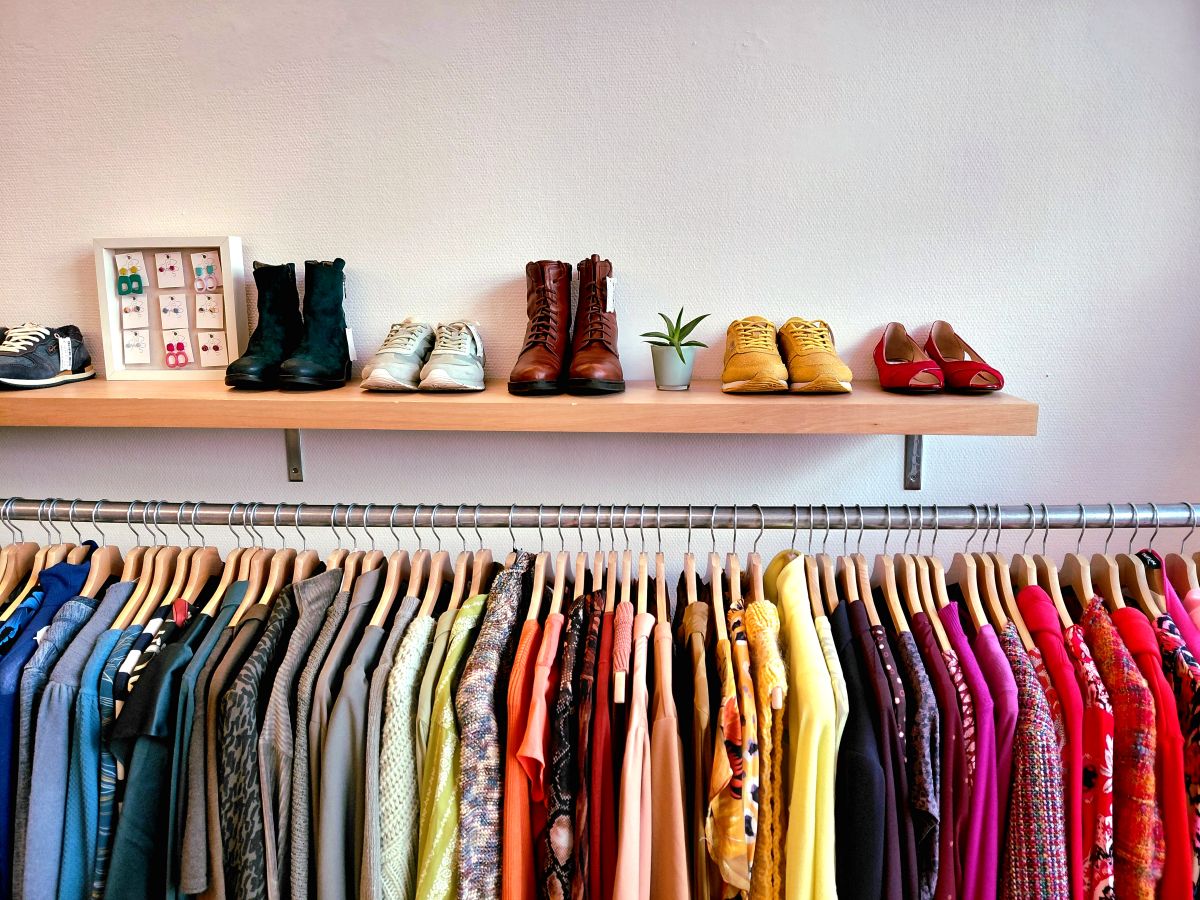Cashmere is wonderfully soft and keeps you nice and warm, making it ideal for jumpers, scarves, blankets and hats. Because cashmere takes a long time to extract and process and cashmere goats cannot live everywhere, it was used to be a real luxury product. Nowadays, you can also find cheaper cashmere. How is this possible and how sustainable is cashmere really? At thegreenlist.nl we went to investigate.
What exactly is cashmere?
Cashmere, also known as cashmere, is a type of wool. You have all kinds of wool: sheep's wool comes from - you guessed it - sheep, alpaca wool from alpacas and so on. More on that in this article on sustainable wool. Cashmere wool comes from the cashmere goat. Cashmere goats can only live in the high mountains. So the material comes from far away - usually from Mongolia or China. The goats are not sheared but combed to obtain the soft undercoat from which cashmere wool is made. Processing it into yarn is also a labour-intensive process. So it is quite logical that there is a price tag on that expensive cashmere jumper.
Is cashmere sustainable?
The advantage of cashmere is that it is a natural material. So, unlike synthetic materials, no microplastics come off it when you wash or wear it. Cashmere also has the same advantage as sheep's wool: it is both insulating and breathable. As a result, you need to wash a cashmere jumper much less often than, say, one made of cotton or polyester. In that respect, cashmere is a durable material.
Unfortunately, cashmere also has drawbacks. Like sheep, goats also produce methane: a potent greenhouse gas that contributes to global warming. Moreover, cashmere goats not only live far away, they also graze a lot. So much so, that the soil in most of Mongolia is affected by overgrazing. Desertification makes the land less suitable for grazing and this weakens ecosystems. And for the animals themselves, living hut to hut is no fun either. Although combing the goats at the right time (in spring) does not hurt, even in the cashmere industry there are many abuses where animal welfare is not well looked after. For example, if the goats are sheared in autumn, they do not shed as easily and they miss their fur in winter, which can make them sick more often or even kill them.


That fine soft cashmere jumper or scarf comes from the undercoat of cashmere goats, which can only live in the high mountains.
Sustainable alternatives to cashmere
So cashmere is not the most sustainable and, unfortunately, in some cases certainly not the most animal-friendly material, but we understand why it is so popular. It is a fine, soft and warm material. Want to enjoy the benefits of cashmere without burdening the environment too much? Then start looking for second-hand cashmere garments, for example in the Circuit, at Vinted or on Marktplaats. If you can't find it there, you can also take a look at English Nearly New Cashmere.
If you still prefer to buy new, then recycled cashmere is a sustainable choice, such as the jumpers and accessories from the brands Rifo, Florenz and Due Toscany. There are also labels you can look out for such as GOTS, making at least most of the cashmere produced in a more sustainable way for animals and the environment. You can find GOTS-certified cashmere at: Repeat cashmere, Piazza Castello and Gocashmere, (Note: recycled and GOTS-certified cashmere is still rarely sold.) Of course, this comes at a price. If you see a new cashmere jumper for forty euros, you already know something is not right. After all, a good, honestly produced cashmere jumper costs at least a hundred euros.
Cheap cashmere
All you have to do is type ‘cashmere (or cashmere) jumper’ into a search engine and great deals on supposedly high-quality cashmere jumpers for less than forty euros immediately appear. How is this possible? There are several tricks producers use to make cashmere cheaper. Sometimes they mix cashmere with a cheaper fabric, such as acrylic, polyester or cotton. But even in jumpers that do make 100% cashmere, there is a difference in the quality of the material. Shorter fibres are cheaper, but do not last as long. Or a thinner wool is used, so that warm jumper is still a bit cold in winter. Cheap cashmere clothing can also come at the expense of animal welfare. The animals then have less space, for example, or have to be shorn faster.


The wonderfully soft fur of cashmere goats is an ideal material for making jumpers.
Are you opting for sustainable cashmere?
We understand that many people are fans of cashmere. It is a wonderfully soft, natural material that keeps you nice and warm during winter. A cashmere jumper or other garment can therefore be quite a part of a sustainable wardrobe, as long as it is not treated as a fast fashion item. Buy cashmere second-hand or from a reliable sustainable brand. Wash cashmere as little as possible; airing it is often enough. This way, you can enjoy the benefits of cashmere without putting too much of a burden on the environment or contributing to animal suffering.
More sustainable tips from thegreenlist.nl
- Curious what exactly clothing is made of? In this article, we have listed all the clothing materials for you.
- And how do our clothes get colour? Read all about textile dyes here.
- Whatever you see more and more these days: recycled clothing materials.
Sources: Utopia, Peta, Jan, Parole. Photo credits: 100% cashmere shawls: Matreding (Pexels), coat: Artempodrez (Pexels), woman wearing wool Cottonbro (Pexels), cashmere goat: Siarhei Nester (Pexels), pile of jumpers: Taryn Elliott (Pexels).












